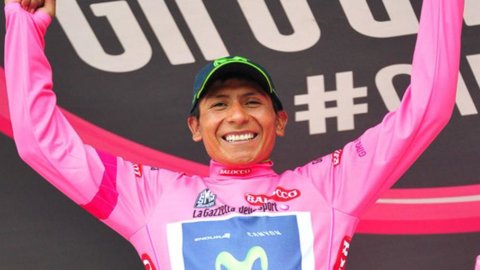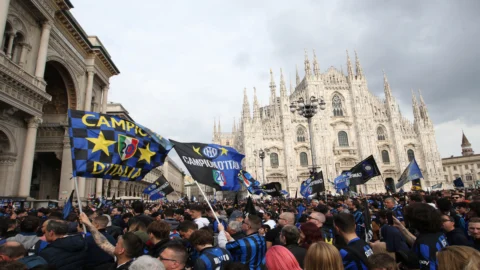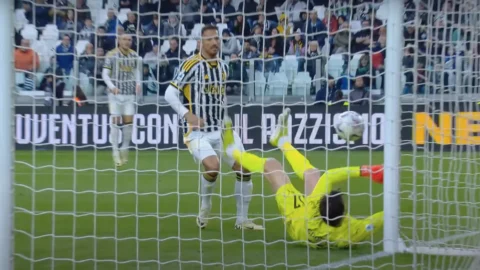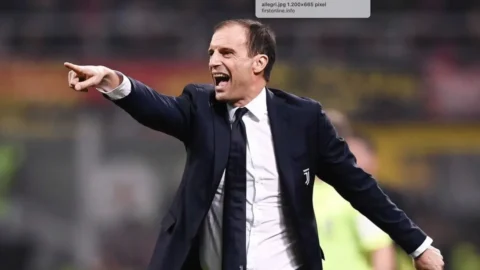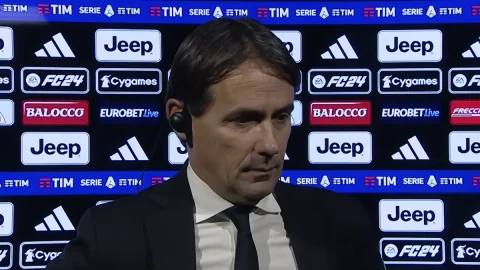At the final finish line in Trieste the Colombian party exploded. The Giro finished by exalting the strongest grimpeur around who imposed his law on the great mountains, those of the legend of the pink race. Nairo Quintana, after his second place behind Froome in last year's Tour, achieved the goal of the Giro on his debut, giving Colombia the joy of their first victory in the great Italian stage race.
Just 24 years old on February 4th, the Movistar leader forcefully enters the greats of cycling today and tomorrow, launching a challenge to the many big names who weren't there in this Giro. And it is precisely the absence of champions like Contador, Froome and Nibali the only element that – in a hypothetical report card drawn up by the Giro – keeps us from adding the praise to the 10 that this little cyclist deserves, with the face of an Andean Indian, that for half the Giro looked like a sphinx on the pedals before revealing itself to be the condor it is on the suffocating hairpin bends of Montecampione and in the timed climb to Cima Grappa. And on the top step of the Trieste podium, the Condor with his little daughter in his arms, also dressed all in pink, was moved and for the first time he was seen smiling.
The triumph of Colombian cycling is also completed by the second place of Rigoberto Uran, even if the Omega Pharma Quick Step bearer was not the portrait of joy when he got on the podium for the awards. And you can understand why Uran began to lose the Giro when it seemed that he already had it in his pocket after the amazing Barolo time trial, when he taught everyone a severe lesson, including Quintana, by winning his first pink jersey. But the improvement in pace and in races against the clock paid dearly for him in the mountains, with disappointing performances, well below his reputation as a climber. Nor is the yellow of the safety-motorcycles in the Stelvio descent, which would have favored Quintana, enough to explain the vanishing of his pink dream.
If it was the Giro under the sign of Colombia, also Italian cycling, which in the first week of the race had not yet won anything, if not some flying milestones, must thank this edition because it gave them, in addition to a Pozzovivo never so race, two riders, Fabio Aru and Diego Ulissi, who have all the qualities to give the blue pedal great satisfaction. What Aru did will remain in the memories of this Giro: an explosion of energy in his sprint to win in Montecampione, an exhilarating duel with Quintana in his uphill time trial on Grappa, a rational defensive tactic on Zoncolan, when he realized he no longer had enough legs to attack. A new talent, Nibali's supporter until yesterday, who with his youth – 24 years old on 3 July – opens bright horizons to Italian cycling in the great stage races, making the decline of Basso, Scarponi and Cunego less painful. A race that is worth even more than the brilliant third place that earned him the podium behind the two Colombians. Even Ulissi, until bad luck forced him to retire, showed what a delicious stuff he's made of: two victories in two not easy stages say a lot about the Tuscan rider's chances of being a protagonist in the international classic calendar from now on. .
A Giro that also rewards Australian cycling and also offers comforting notes to the French one who had been snubbing the Italian event for years. Four stages, two of which with Rogers, six days in pink for Michael Matthews, four for Evans: this is the booty of the kangaroos, a historic record in the Giro, confirming a booming movement even if at the top we still don't see who can take on the legacy of Cadel Evans, a champion who gave everything in this Giro but who failed – also because of his age – in the decisive moments on the big mountains. As for France, more than Pierre Rolland – fourth behind Aru – whose skills as one of the bravest climbers was already known, convinced Nacer Bouhanni, a great sprinter who, after the withdrawal of Marcel Kittel, became the king of the sprints of this Tour. Three victories, red jersey in the points standings, with the only regret of having missed the poker in the last sprint in Trieste. He started a moment late and this time he was unable to recover, finishing only fourth. The Slovenian Luka Mezgec, the sprinter on whom Giant Shimano was aiming after the withdrawal of Kittel, took advantage of this to win his first stage. Second for the fourth time in this Giro, Giacomo Nizzolo. Third was the American Tyler Farrar.

